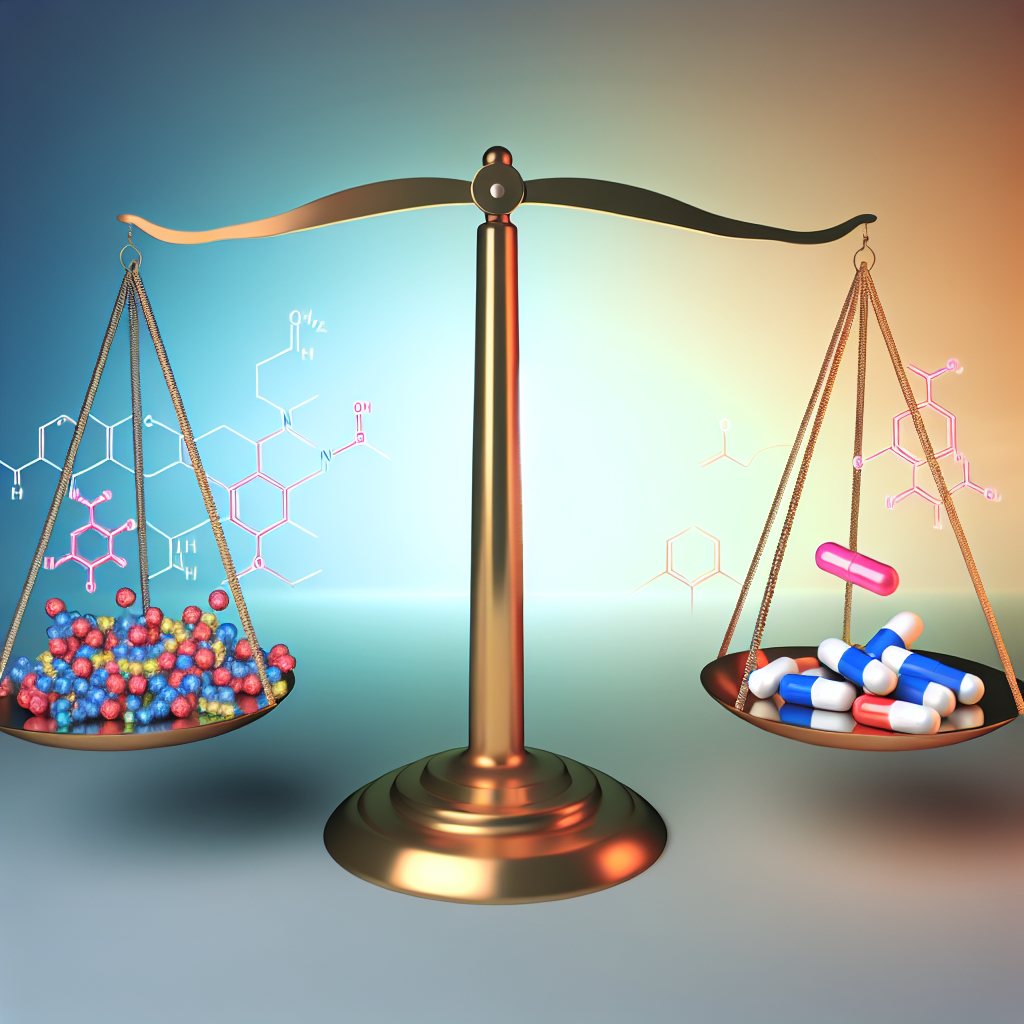Bioidentical Hormones Versus Traditional HRT: The Luxe Wellness Dilemma
Introduction
In the realm of modern, science-driven luxury wellness, there’s an ongoing debate over which therapy provides a more refined and effective approach to aging: bioidentical hormone therapy (BHRT) or traditional hormone replacement therapy (HRT). As awareness grows among high-functioning professionals and elite wellness consumers, the decision around hormonal support becomes increasingly driven by data, personalization, and the aspiration for optimized longevity.
HRT has classically been associated with women experiencing menopause and perimenopause, but it is now also being used by men during andropause. The scope has expanded far beyond hot flashes and night sweats. Today, hormone imbalances are directly linked to a decrease in overall vitality, impacting energy levels, sleep quality, libido, skin elasticity, bone density, and cognitive sharpness—all crucial to those who prioritize high performance in business, lifestyle, and aging.
Traditional HRT uses either synthetic or animal-derived hormones like conjugated equine estrogens or medroxyprogesterone acetate. Backed by extensive research including the well-known Women’s Health Initiative (WHI), these therapies are effective for many but have sparked concern due to potentially increased risks of breast cancer, stroke, and heart complications. Standard HRT often follows a one-size-fits-all model, which doesn’t align with the modern push for individualization.
In contrast, bioidentical hormone replacement therapy offers a personalized and more “natural” alternative, using plant-derived compounds like soy or yam to produce hormones molecularly identical to the body’s own. These can be compounded—custom-mixed—to suit a patient’s exact hormonal profile, often delivered in formats such as lozenges, gels, pellets, or creams. For luxury wellness seekers, this customized therapy fits seamlessly into a highly curated life of biohacking, longevity practices, and precision medicine.
But does BHRT truly offer scientific superiority? Can it outperform traditional options in both effectiveness and safety, or is it simply a more appealing, tailor-made version of an old remedy? A deeper dive into the evidence tells us more.
Scientific Features and Medical Perspectives
The key between bioidentical and synthetic hormones lies in their molecular structure. Bioidentical hormones are chemically indistinguishable from the hormones naturally produced by the human body, allowing them to bind to receptors more efficiently and potentially produce fewer side effects. Traditional hormones, on the other hand, differ slightly in structure, which may cause unwanted or inconsistent physiological reactions.
Research from Postgraduate Medicine (2009), led by Dr. Kent Holtorf, MD, suggested that bioidentical hormones may reduce the risk of breast cancer and cardiovascular disease compared to synthetic options. This is due to differences in how the body metabolizes and excretes these hormones, potentially leading to fewer inflammatory or carcinogenic byproducts.
Customization is another standout feature. Compounded BHRT doses are tailored to the individual’s bloodwork and symptom profile. The delivery method—be it transdermal, oral, or implanted—affords another layer of personalization, allowing patients and clinicians to fine-tune the therapeutic process. A study published in the Journal of Clinical Endocrinology & Metabolism confirms that personalized hormone therapy is associated with enhanced symptom control and improved quality of life when compared to standardized treatment protocols.
However, the compounded approach is not without scrutiny. The FDA has issued formal guidance highlighting the limitations of non-FDA-approved compounded BHRT. These custom mixtures may suffer from inconsistencies in purity, dosage accuracy, and safety due to a lack of federal regulation. Likewise, the North American Menopause Society (NAMS) emphasizes differentiating between FDA-approved bioidentical hormones and custom-compounded versions.
That said, FDA-approved bioidentical options—including estradiol patches, micronized progesterone, and testosterone gels—do exist within a regulated pharmaceutical framework. These products combine the molecular precision of BHRT with standardized production, offering safer, data-backed results for patients wary of unregulated compounding.
Ultimately, the path to optimal hormonal health is not binary but highly personalized. Whether choosing bioidentical or traditional HRT, success hinges on the expertise of healthcare professionals, comprehensive lab diagnostics, and ongoing adjustments based on lifestyle and metabolic response.
Conclusion
Today’s discerning wellness consumer wants more than symptom relief—they seek longevity backed by science, delivered with nuance. Bioidentical hormone therapy offers a compelling path by combining the authenticity of molecular mimicry with the elegance of custom-tailored dosing. For some, the data and outcomes speak volumes; for others, the validation of traditional HRT built on decades of clinical research provides peace of mind.
In the end, hormonal optimization is a personal, high-stakes decision best made with expert guidance. Whether through personalized bioidenticals or proven traditional therapy, the ultimate goal is clear: vibrant health, sophisticated aging, and an elevated wellness experience that reflects the ethos of intentional, luxurious living.
Concise Summary
Bioidentical hormone therapy (BHRT) and traditional hormone replacement therapy (HRT) offer differing approaches to hormonal health. While HRT uses standardized synthetic or animal-derived hormones with proven efficacy, BHRT employs plant-derived compounds identical to human hormones for a more personalized experience. Research suggests BHRT may offer improved safety and efficacy, especially when compounded to individual needs, though concerns remain over unregulated formulations. FDA-approved bioidenticals provide a balanced alternative. Ultimately, a patient’s choice should be guided by expert consultation and individualized data, aligning health goals with a high-performance, longevity-driven lifestyle.
References
– Holtorf, Kent. (2009). “The Bioidentical Hormone Debate.” Postgraduate Medicine
– The North American Menopause Society (2022). “Hormone Therapy Position Statement.” NAMS
– The Journal of Clinical Endocrinology & Metabolism (2014). “Personalised Hormone Replacement: Emerging Evidence.” JCEM
– U.S. Food & Drug Administration. “Bio-Identical Hormones.” FDA

Dominic E. is a passionate filmmaker navigating the exciting intersection of art and science. By day, he delves into the complexities of the human body as a full-time medical writer, meticulously translating intricate medical concepts into accessible and engaging narratives. By night, he explores the boundless realm of cinematic storytelling, crafting narratives that evoke emotion and challenge perspectives. Film Student and Full-time Medical Writer for ContentVendor.com




